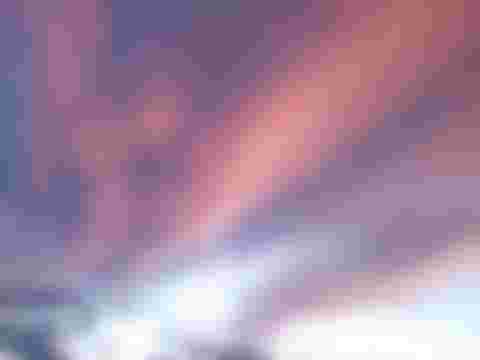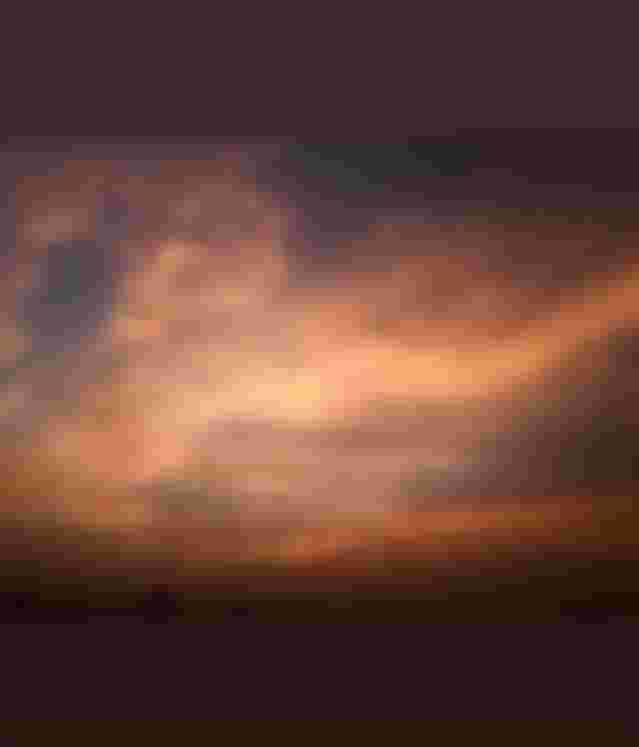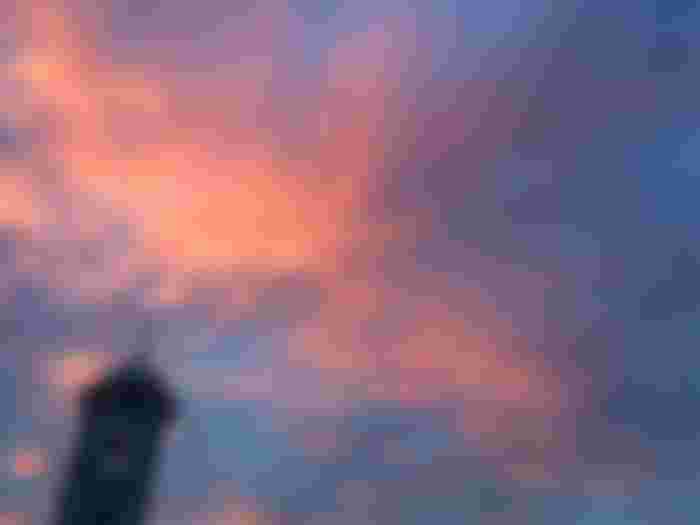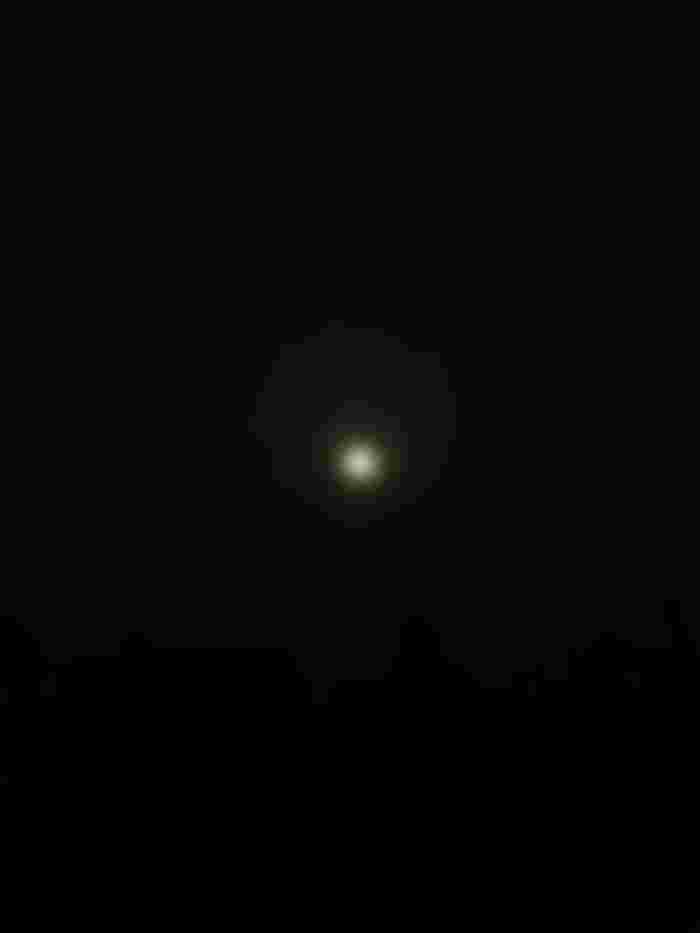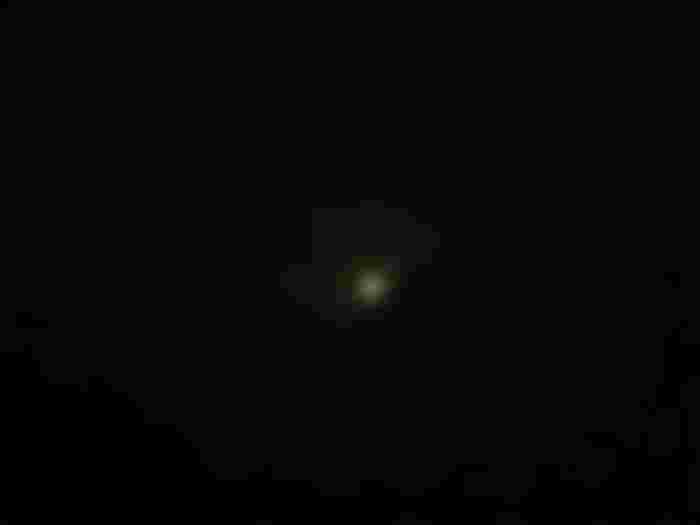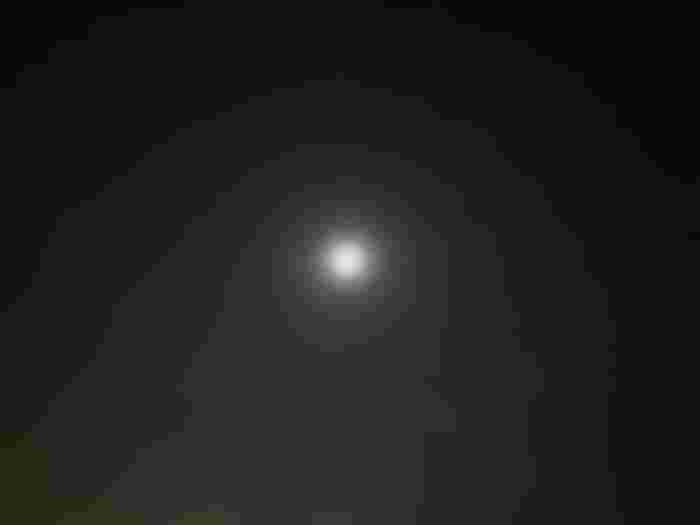A lot of other smart people have, too. And it took a long time to figure it out! He light from the Sun looks white. But it is really made up of all the colors of the rainbow.


When white light shines through a prism, the light is separated into all its colors. A prism is a specially shaped crystal.
you learned that the light you see is just one tiny bit of all the kinds of light energy beaming around the universe--and around you!

Like energy passing through the ocean, light energy travels in waves, too. Some light travels in short, "choppy" waves. Other light travels in long, lazy waves. Blue light waves are shorter than red light waves.
All light travels in a straight line unless something gets in the way and does one of these things:—
reflect it (like a mirror)
bend it (like a prism)
or scatter it (like molecules of the gases in the atmosphere)

Sunlight reaches Earth's atmosphere and is scattered in all directions by all the gases and particles in the air. Blue light is scattered in all directions by the tiny molecules of air in Earth's atmosphere. Blue is scattered more than other colors because it travels as shorter, smaller waves. This is why we see a blue sky most of the time.
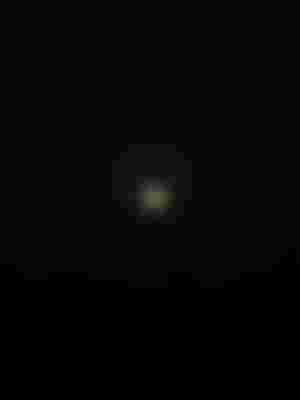
In the western sky on the evening of Thursday, October 4, Mercury (orbit shown in red) will reach its widest separation, 26 degrees east of the Sun. With Mercury positioned well below the evening ecliptic (green line), this appearance of the planet will be a poor one for Northern Hemisphere observers, but offer excellent views for observers near the equator and in the Southern Hemisphere. The optimal viewing times at mid-northern latitudes fall around 7:15 p.m. local time. Viewed in a telescope (inset) the planet will exhibit a waning, half-illuminated phase.


Because this full moon occurs closest to the autumnal equinox in 2020, it is also the Harvest Moon. On the evenings around its full phase, the moon usually rises about 50 minutes later each night. But the shallow angle between the horizon and the evening ecliptic on dates around the equinox causes the moon to rise at almost the same time each night – only delayed by 10-20 minutes, depending on your latitude.
